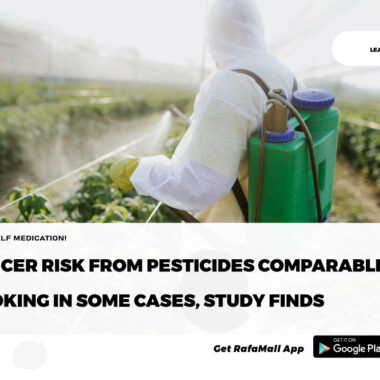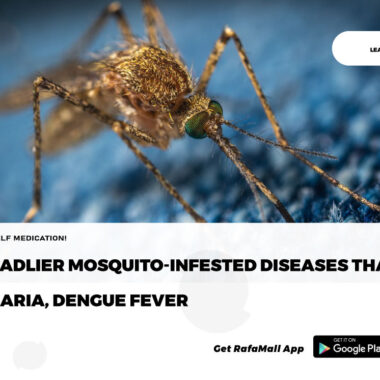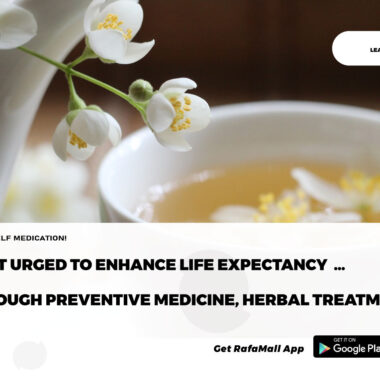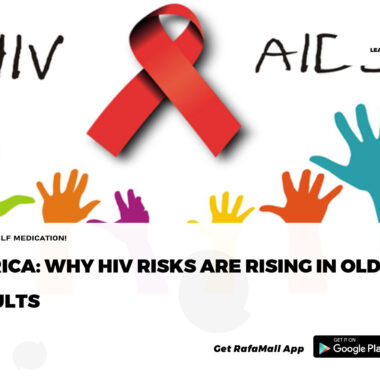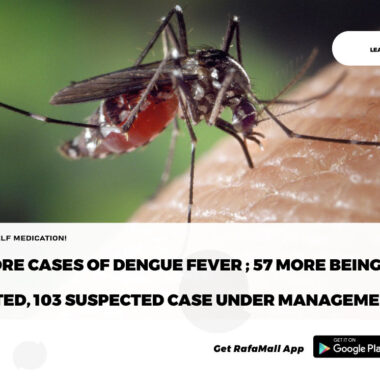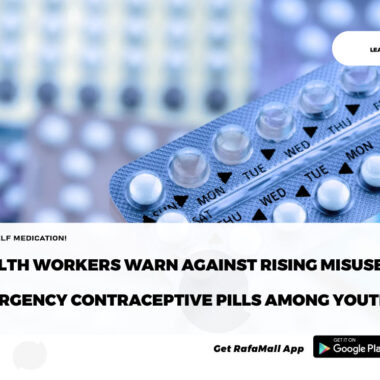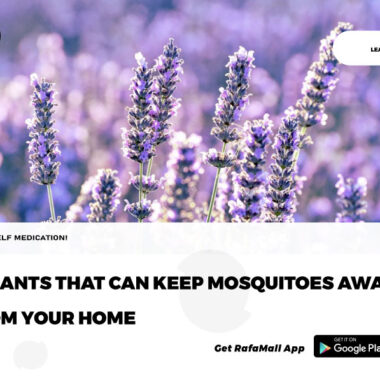
By Sandrine Iradukunda
The international Women Deliver conference that was held in Kigali last month, was a platform for discussions surrounding women’s health, technology in vaccine development, community health workers, and overall SRHR. However, discussions were not solely focused on advancements in medicine. The alarming cervical cancer related deaths was a topic that stayed with me.
In countries such as the Philippines, Guatemala, and Burkina Faso, cervical cancer takes over 11 women’s lives daily, over 500 annually, and records 1130 new cases per year, respectively. These alarming numbers remain a poignant reminder that education and awareness about the importance of early screening and treatment is desperately needed.
“In Rwanda, 3.7 million women aged 15-59 years, representing approximately 30% of the total population in 2020,13 were at risk of developing cervical cancer. This is the most commonly diagnosed female cancer in Rwanda, with a high incidence rate of 42 cases per 100,000 women per year. A national program for cervical cancer prevention exists and the country has been the first African country to initiate a nationwide program to prevent cervical cancer through vaccination against Human papillomavirus (HPV). The program started in 2011 when girls in primary school grade six were vaccinated. The three-dose vaccination coverage was estimated at 93% of the target population.” Knowledge, Barriers and Motivators to Cervical Cancer: A Qualitative study – led by Dr. Jean Pierre Gafaranga
I talk about awareness because in 2013, when the 2011 program reached a boarding school I was in, little was known as to why these vaccines were being given, to the point that even some parents were so hesitant and skeptical about it, believing all kinds of stories and in the end some refusing to vaccinate their children. Some of us are privileged enough to learn more about cervical cancer, HPV but it is not common knowledge, for instance, not so many people know that young boys can take the HPV Vaccine as well. This is why awareness campaigns about this cancer should reach more people so that everyone could know the risks and the importance of screening or even why their child should get vaccinated before it is too late
Rwanda has introduced low-cost methods for cervical cancer screening, but the rate at which women take these screenings is still low. I appreciated that there are some numbers and realized that the lack of data in some areas, fewer women doing the screening in some countries could be attributed to the stigma that accompanies diseases like HIV/AIDS, sexually transmitted diseases, menstrual disorders, the one around women’s sexual reproductive health and poor information, which creates a challenge for women seeking adequate health care
“Programs focused on cervical cancer elimination in regions of high HIV burden should emphasize the diagnosis and treatment of HIV in women for their overall health as well as reducing their risk of cervical cancer and cervical cancer-related mortality.” Gad Murenzi and others, Twelve-Year Trend in the Prevalence of High-Risk Human Papillomavirus Infection Among Rwandan Women Living With HIV.
When discussing cervical cancer, it’s important not to overlook the impact on women living with HIV. In a study by Gad et al, 2021 they examined 298 Rwandan women who were HIV positive, and 39.6% of them had high risk human papillomavirus (hrHPV) persisting in their bodies making it more likely for them to get cervical cancer. Few months later, when they checked again, there was an increase of 6.7% new cases with hrHPV which led the researchers to conclude that women living with HIV face a higher risk of hrHPV infection and can easily be diagnosed with cervical cancer.
Health equity does not come easy without the active involvement of trained community health workers. Integration of educational materials for community workers would create awareness and access to cervical cancer screenings, thereby increasing testing rates and early detection, especially in rural areas.
When it comes to visiting gynecologists, it remains a rare norm among women. Most women opt to seek medical attention when pregnant, married, or hesitatingly opt out of treatment altogether. This unfortunate situation can be attributed to an inherent stigma and lack of confidence in such patients who end up failing to get diagnosed because there could be fibroids, cysts, cancer and many others. The need to have better rapport between patients and healthcare providers is also crucial in enhancing early detection. To address these disparities, a solution lies in the implementation of community health workers, who are trained and educated about cervical cancer and other reproductive-related diseases. By increasing awareness through educational materials and empowering community health workers, more women would be curious about their own health, leading to increased testing rates and early detection.
During the conference, a significant highlight was the presentation on cervical cancer screening and early treatment. The presentation showcased self-sampling tools that women could use to detect early signs and symptoms of cervical cancer. Such tools can revolutionize the testing process and enhance early detection rates, underscoring why there is a need to create more awareness and understanding of the condition. To ease the process for women and promote the adoption of these tools, it would be best to introduce the self-sampling tools in various countries with the same challenges including Rwanda, to complement existing efforts towards more accessible healthcare services. Adopting such measures is critical to promote health equity that involves everyone having access to essential services and necessary tools.
All sectors must contribute to the movement to better women’s health, making every penny and effort count significantly. The integration and investment in technology create new possibilities for advancements in female reproductive health. For us to have health equity, every sector must play its part. It means providing all the necessary resources to make life meaningful. More education is critical to women’s health and reproductive rights, opening the door for women to be comfortable with their bodies.
By being more open to discussions about sexual reproductive health and rights, we can increase education and awareness, leading to more women understanding the importance of regular Pap smears for early detection. Talking to an oncologist in training, Dr. Eulade Rugengamanzi emphasized that cervical cancer can be treated when seen early and also why it is essential to keep educating ourselves about the changes our bodies can undergo to promote overall well-being and advance as a society.
More research must be directed towards the plight of cervical cancer detection and healthcare provision for women in our country as well as prioritization of regular check-ups with gynecologists to get more information about our bodies early on. All this for early detection and treatment as it remains the cornerstone in combating cervical cancer globally.
Sandrine Iradukunda combines her love for technology, women’s healthcare and artistic expression as a screenwriter and voice-over artist. She indulges her passion for telling stories by creating discussions around health, technology and the overall betterment of both fields.
Read the original article on New Times.

